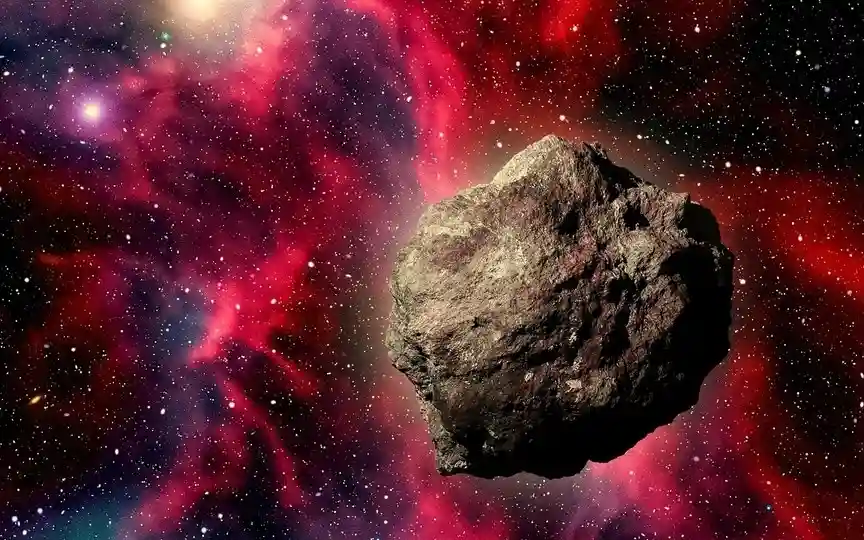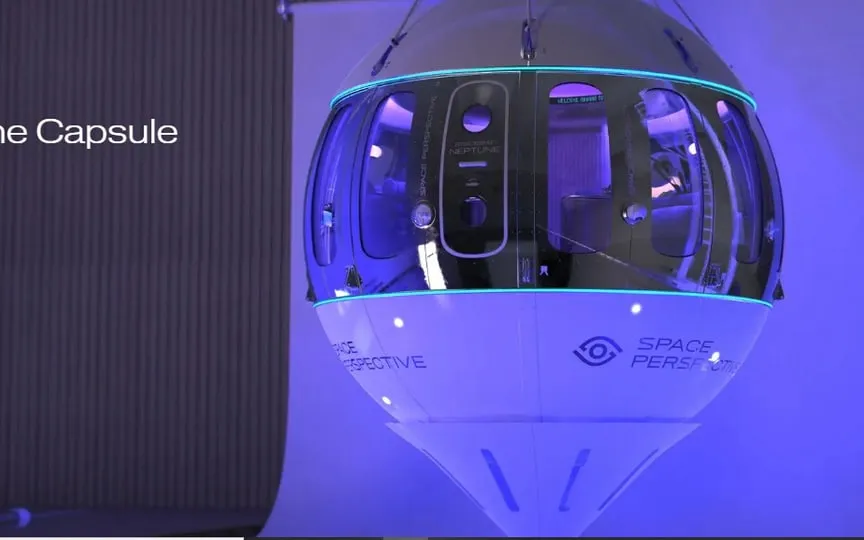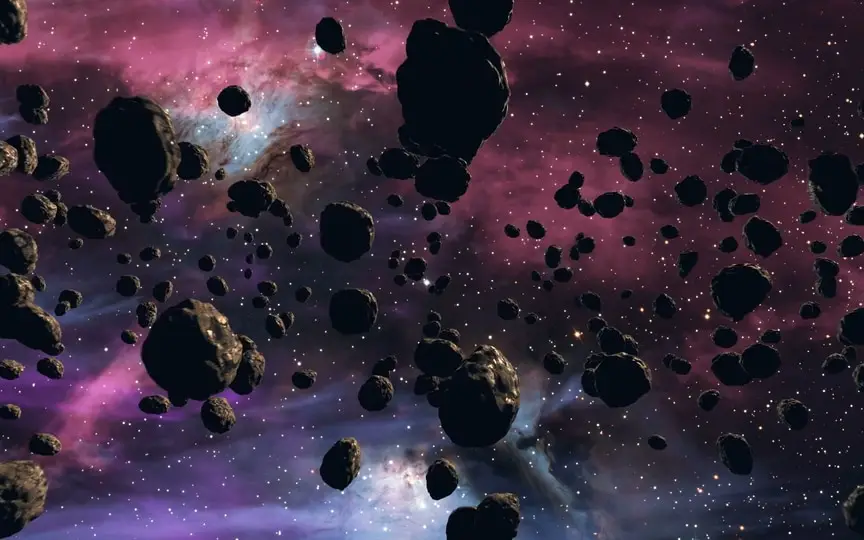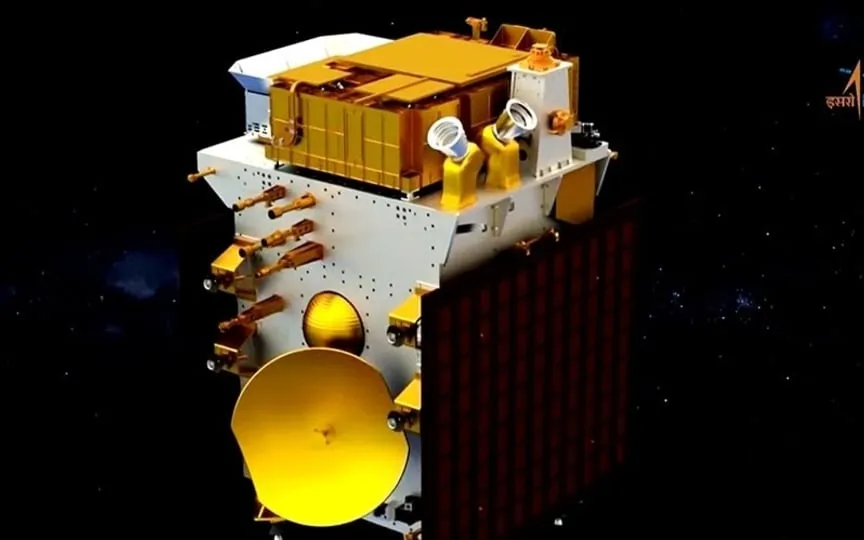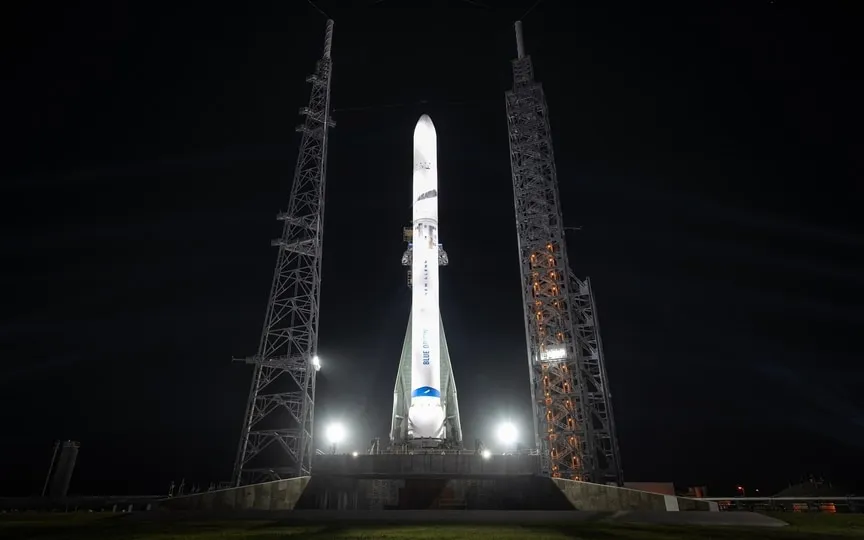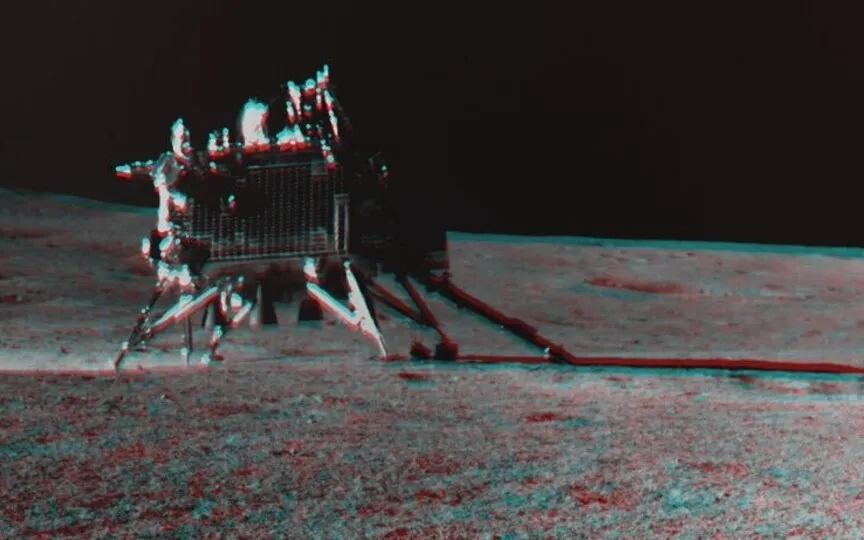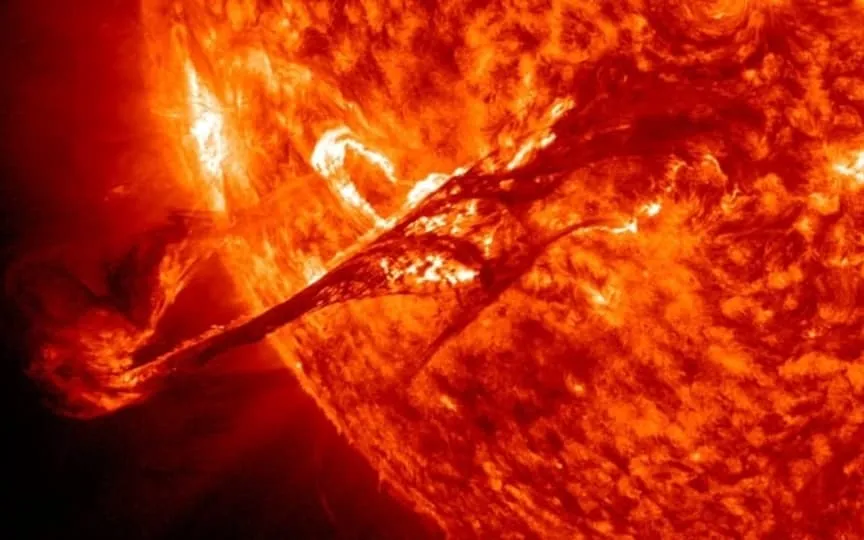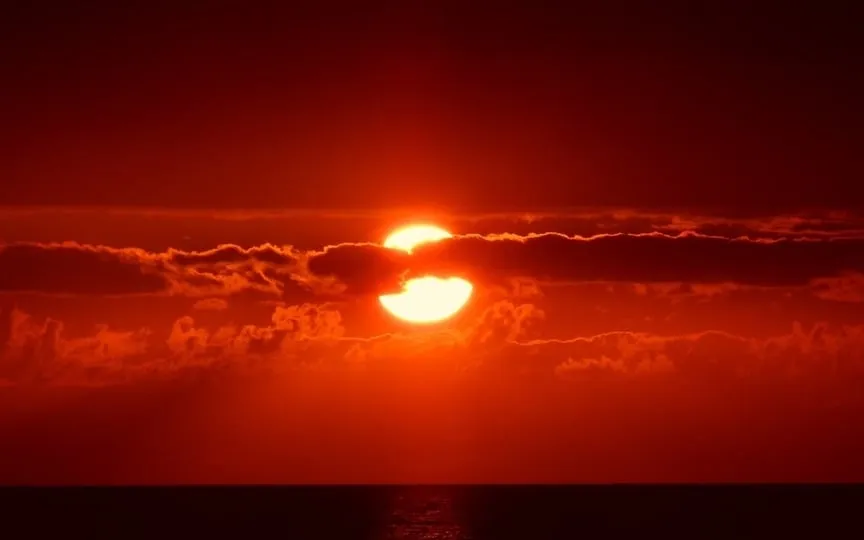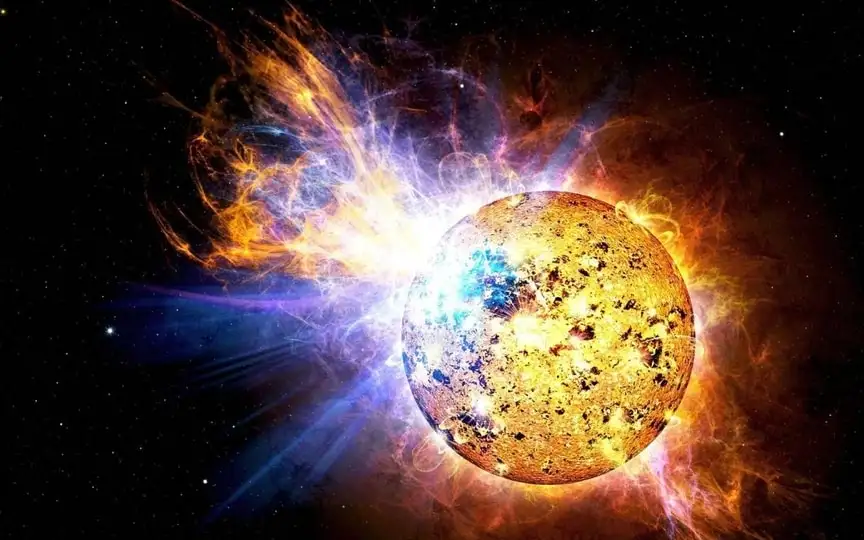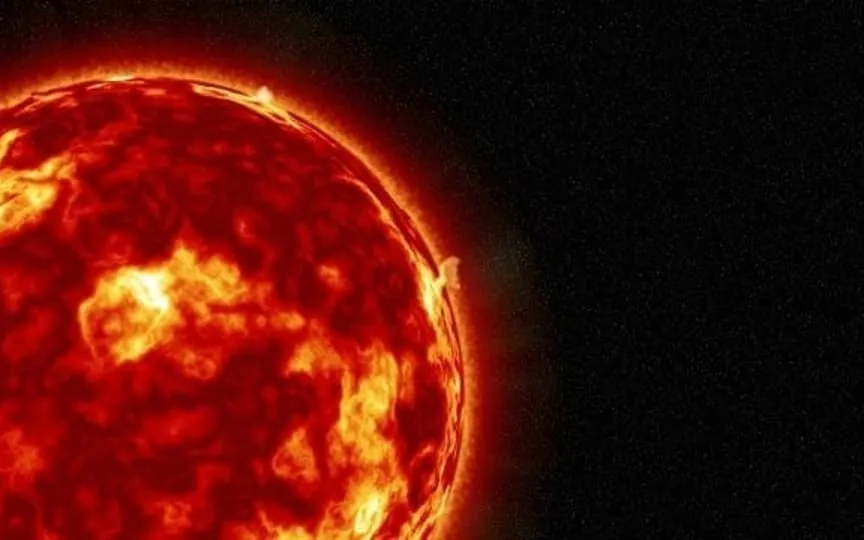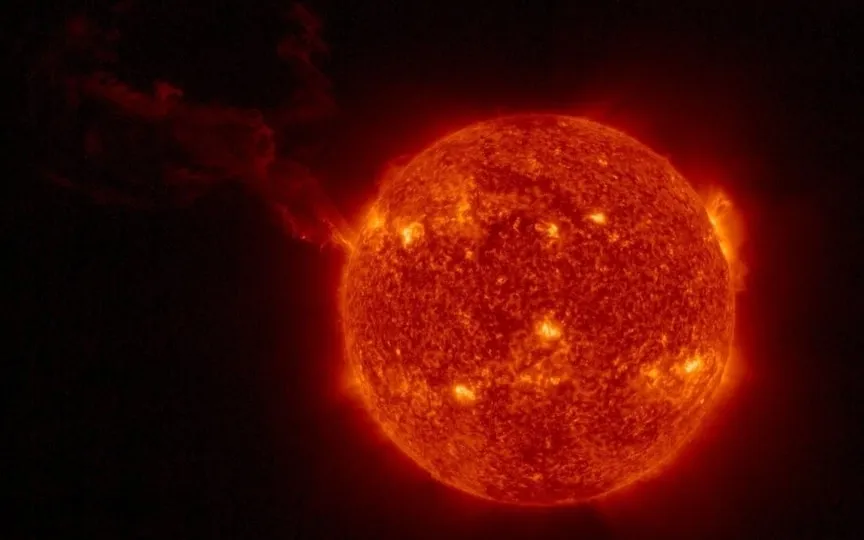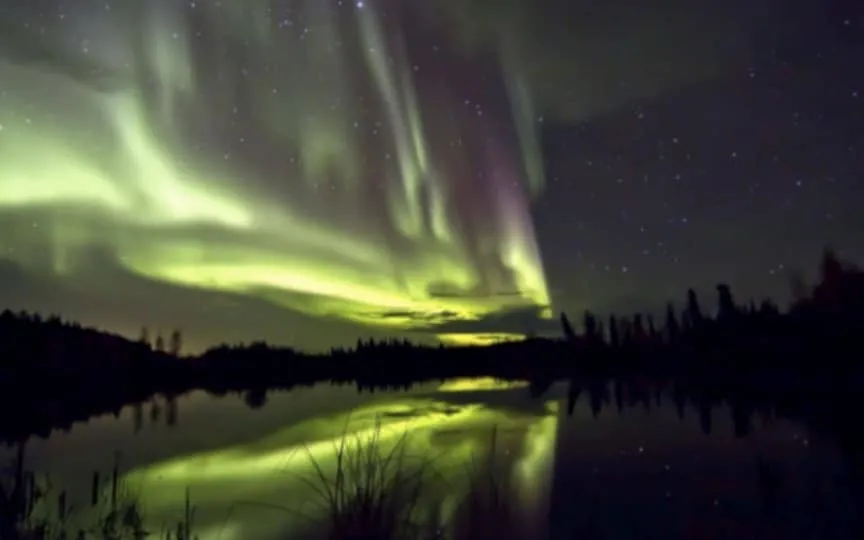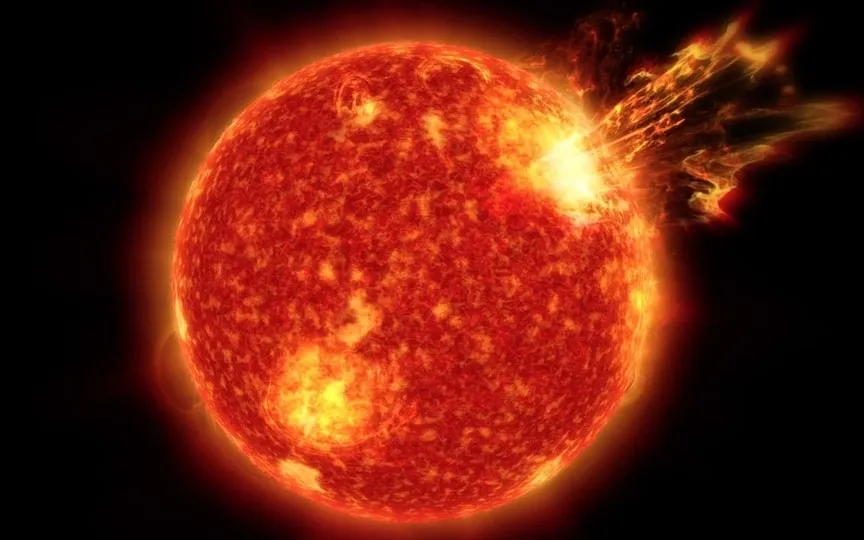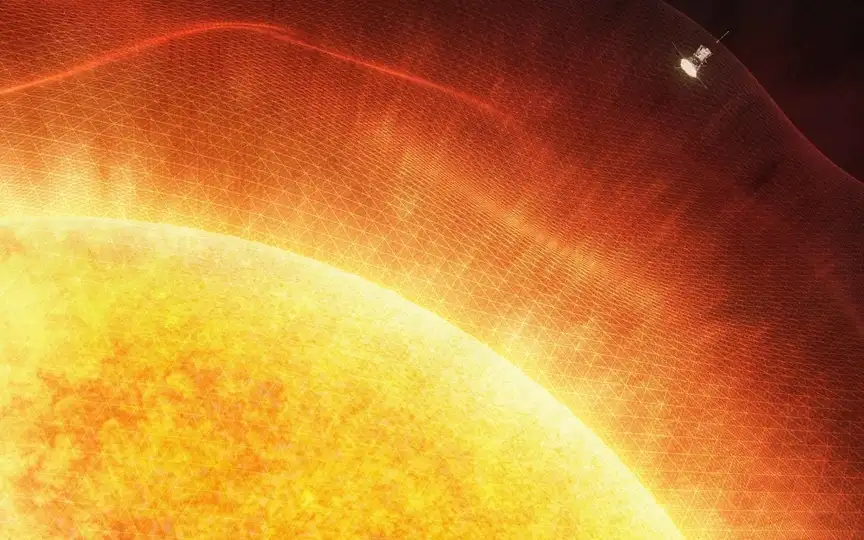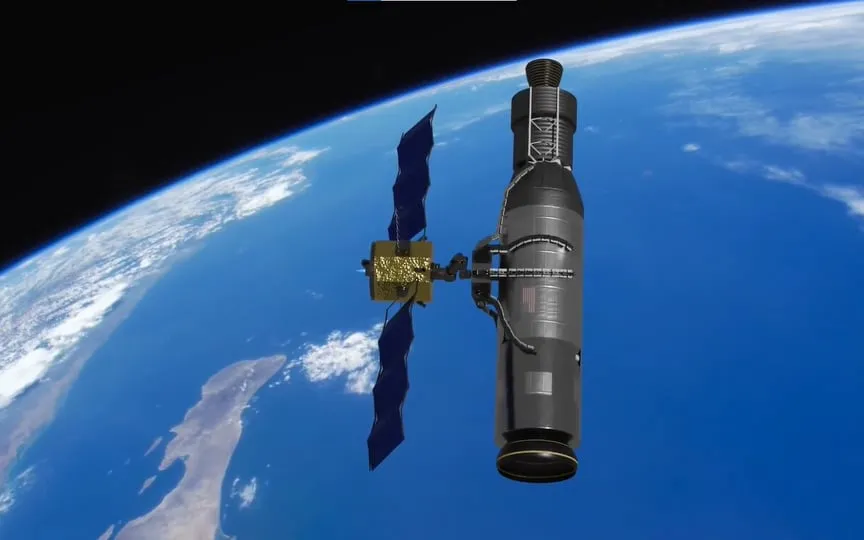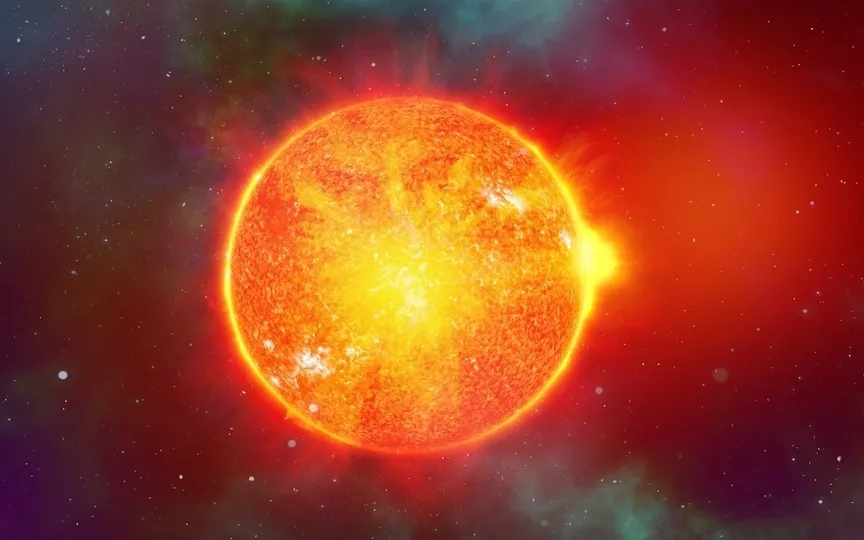NASA reports that a 120-foot asteroid will come within 5.2 million kilometers of Earth; Learn about its speed
February, like previous months, has seen several asteroid approaches. Although there was no asteroid passing Earth yesterday, NASA has reported that two asteroids will come close to the planet today, February 28. These asteroids were monitored using advanced technology like the NEOWISE telescope, Atacama Large Millimeter/submillimeter Array (ALMA), Pans-STARRS1, and Catalina Sky Survey. Despite the close approach, the US Space Agency assures that the asteroid is not expected to collide with Earth’s surface. Learn more about the upcoming encounter with Asteroid 2024 CE7. Asteroid 2024 CE7: Close approach data NASA’s…
Read More

